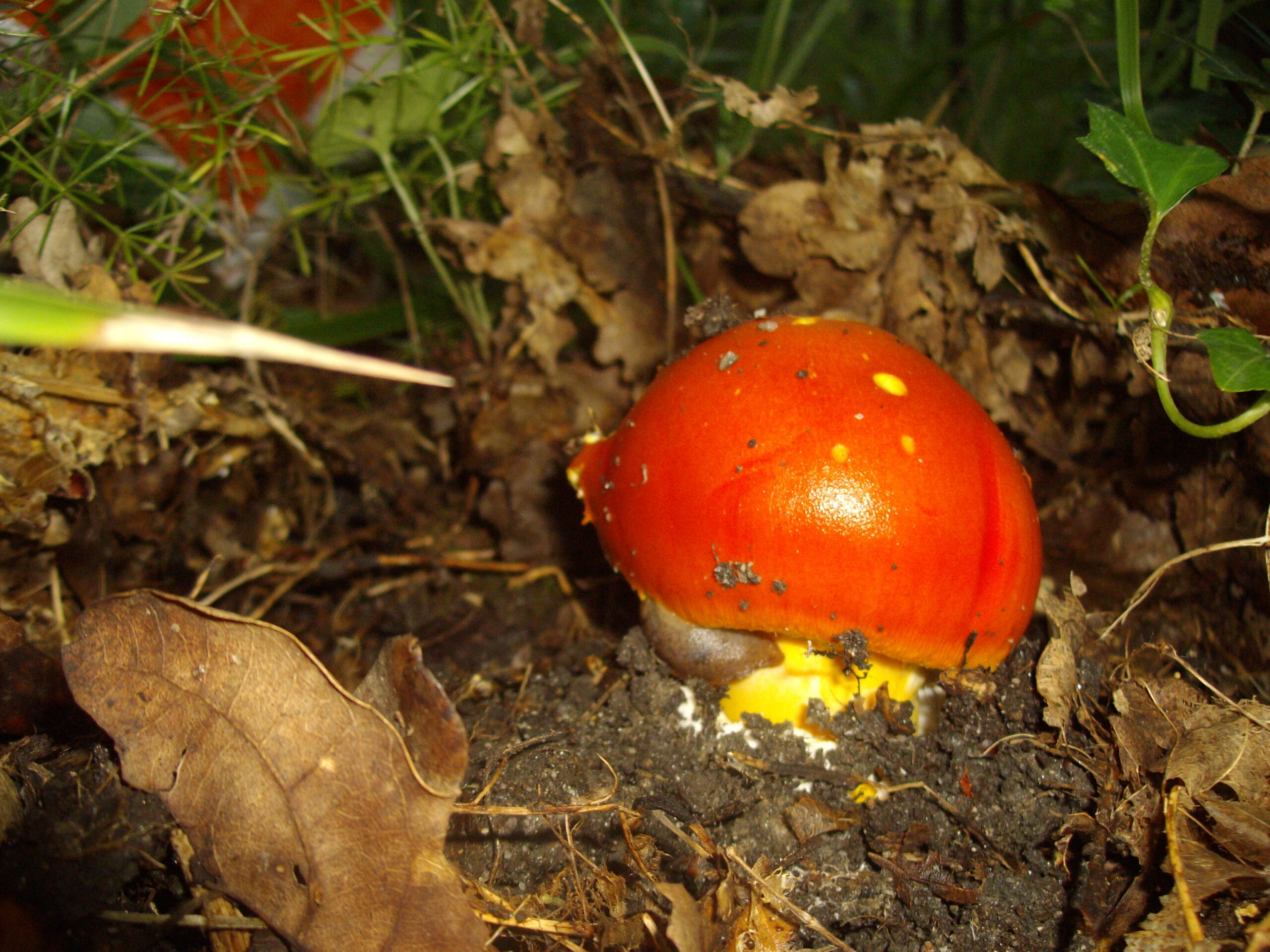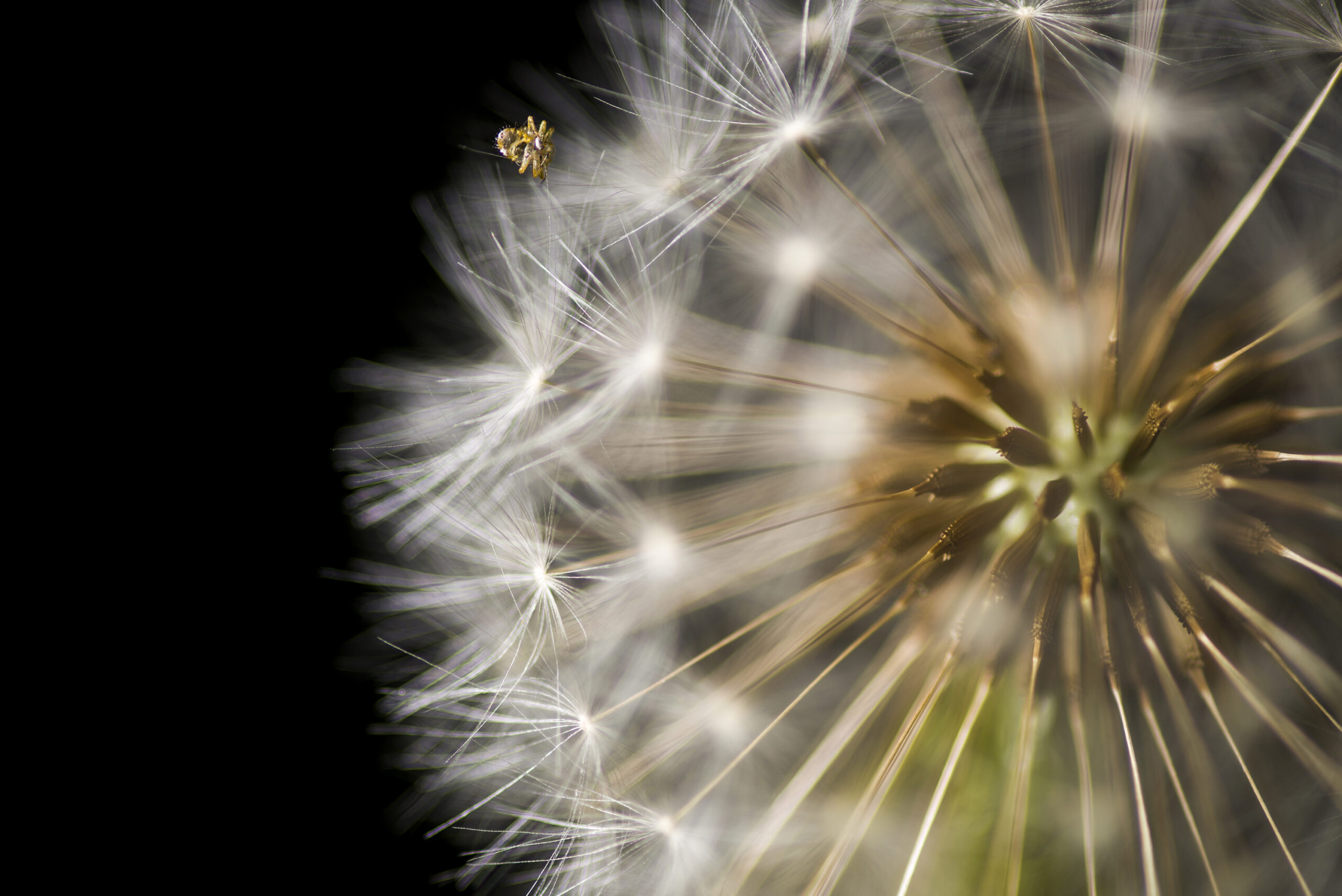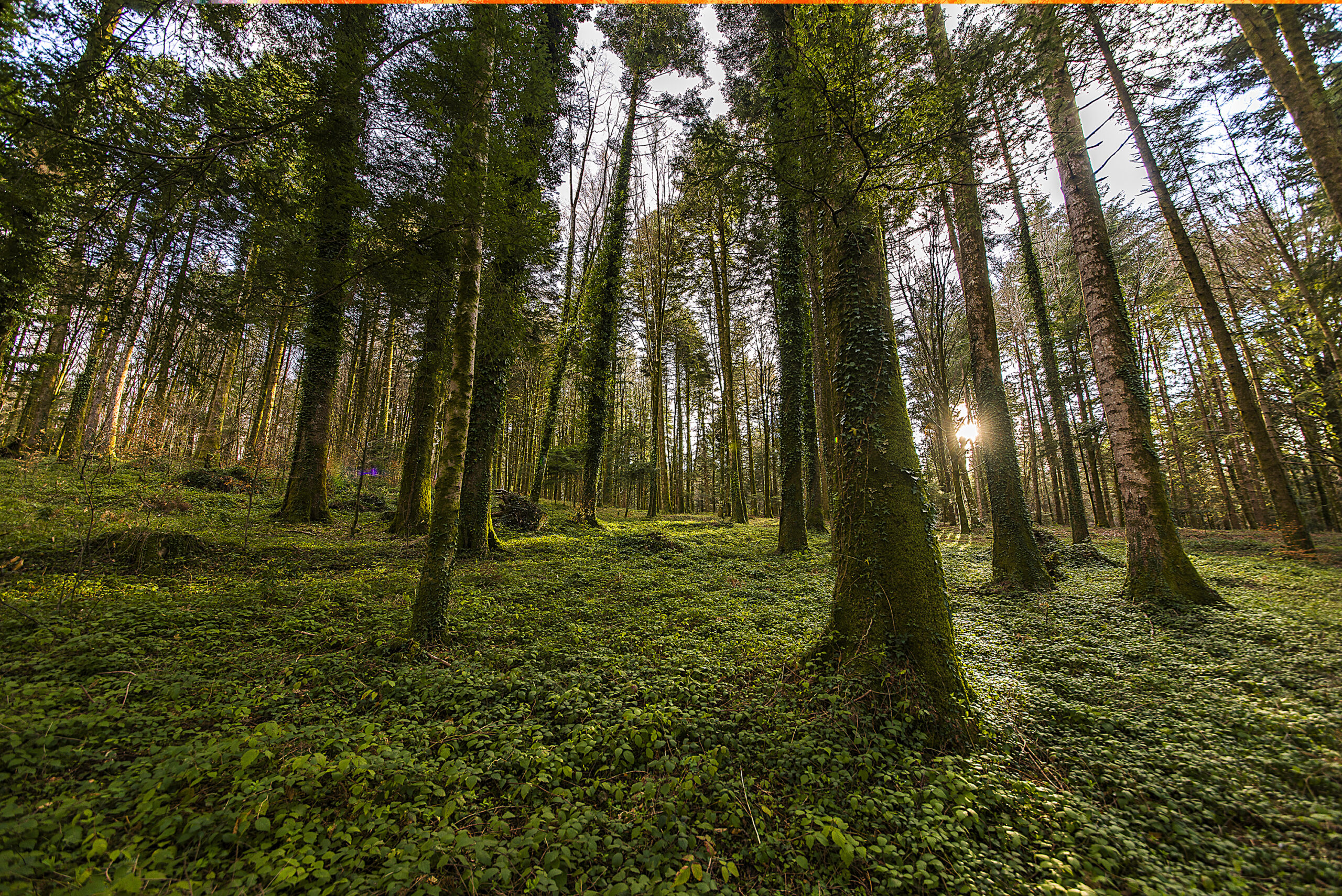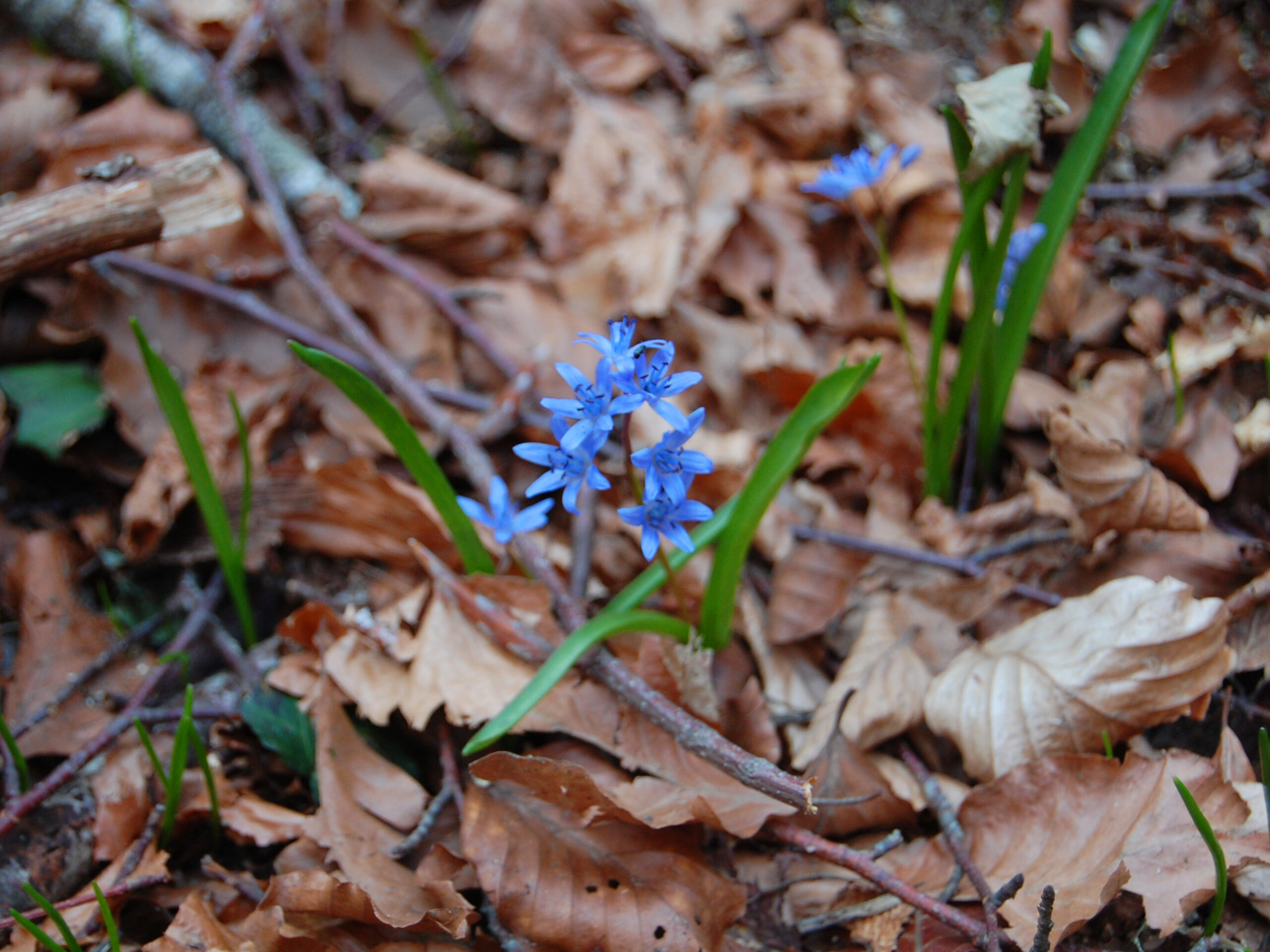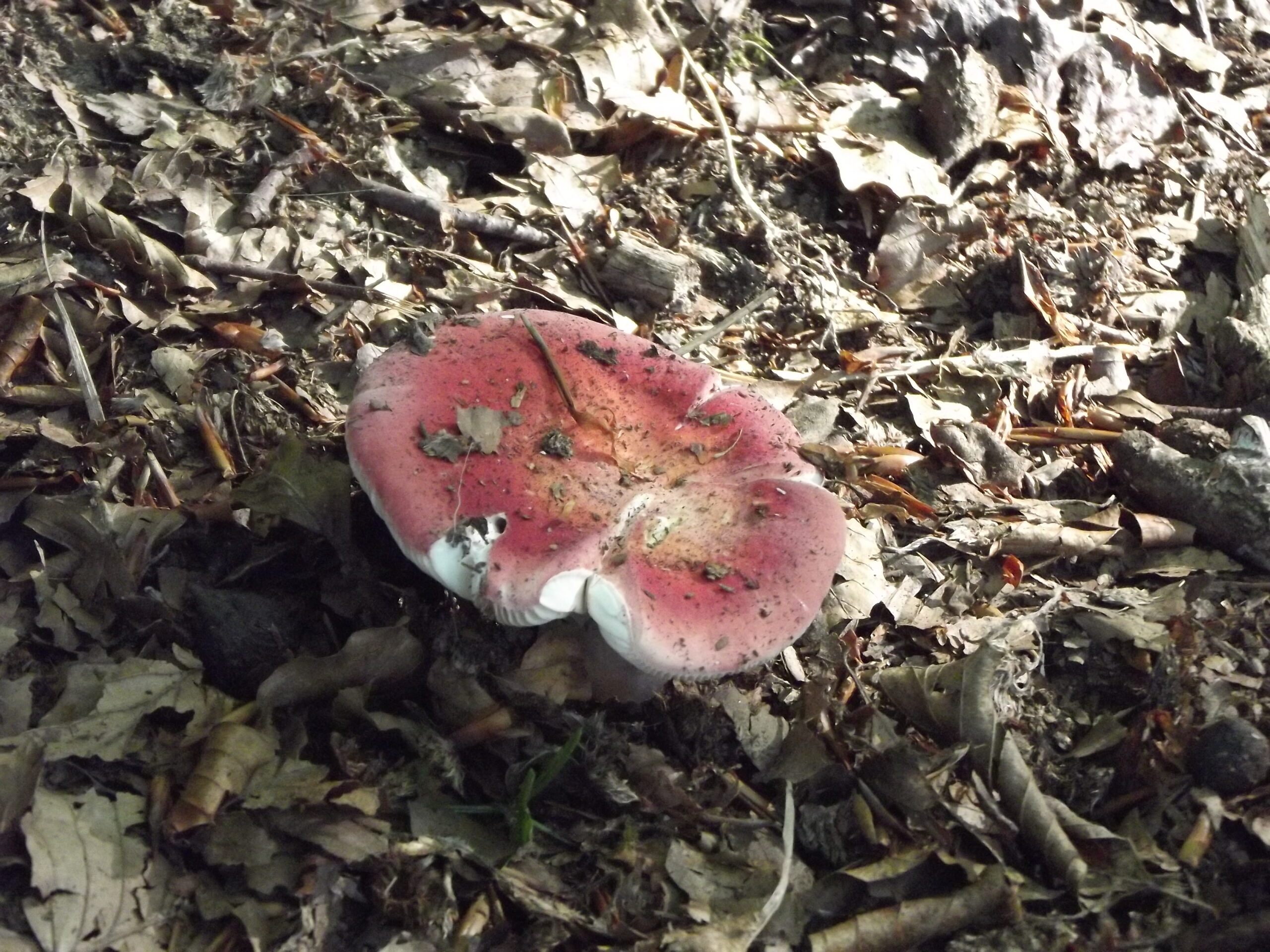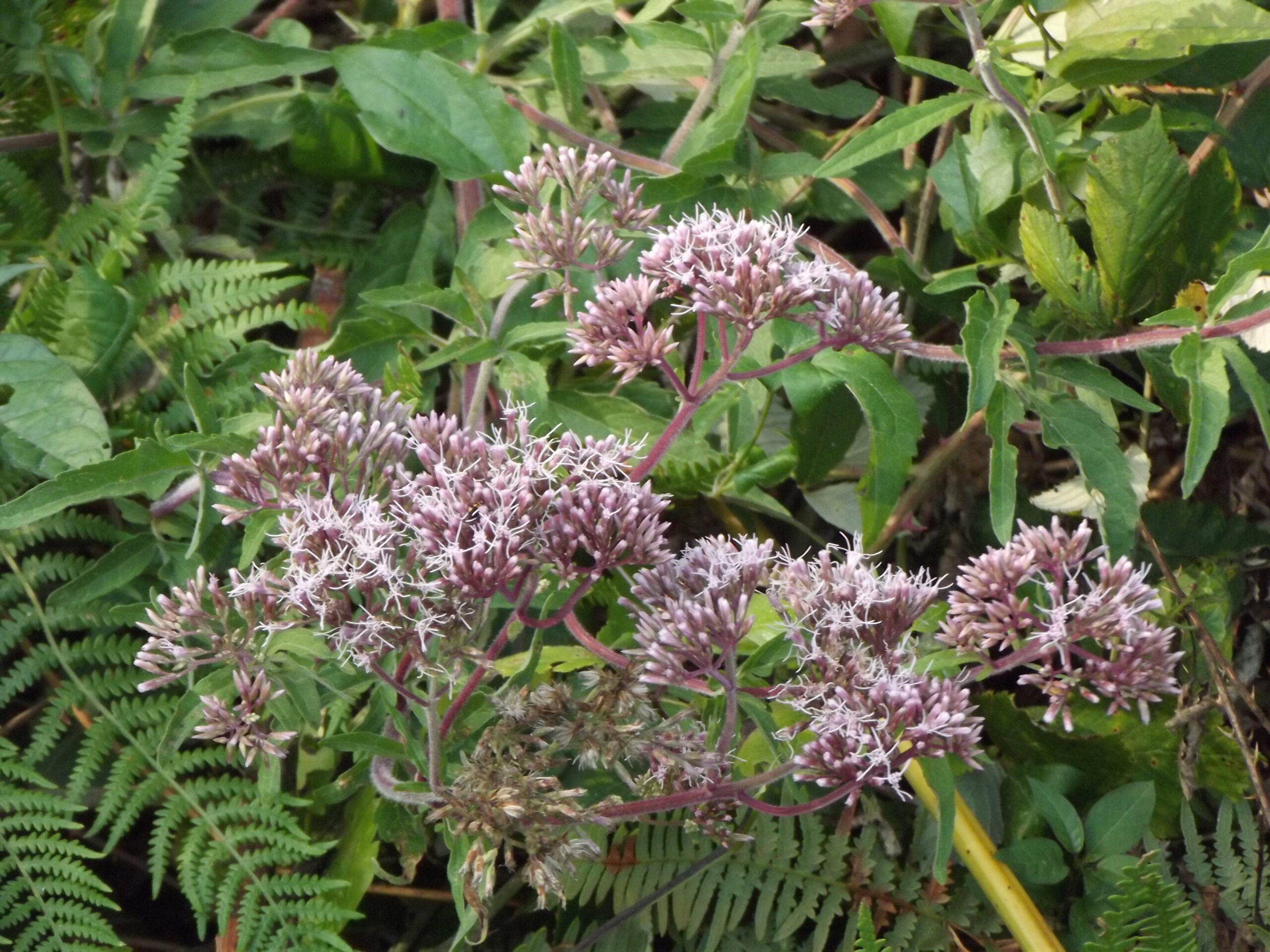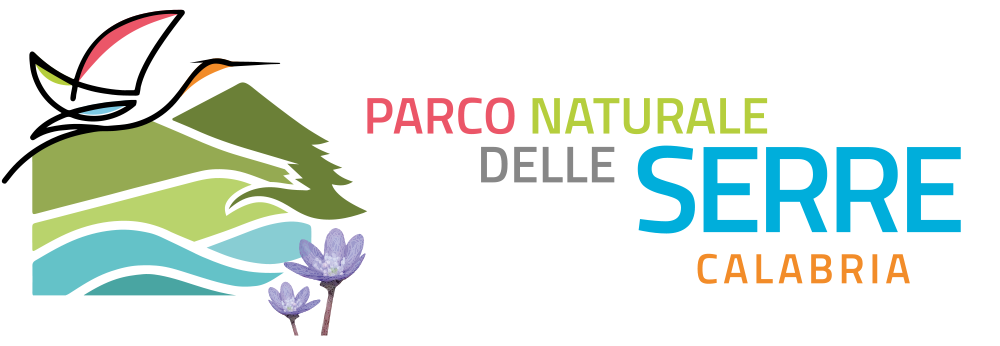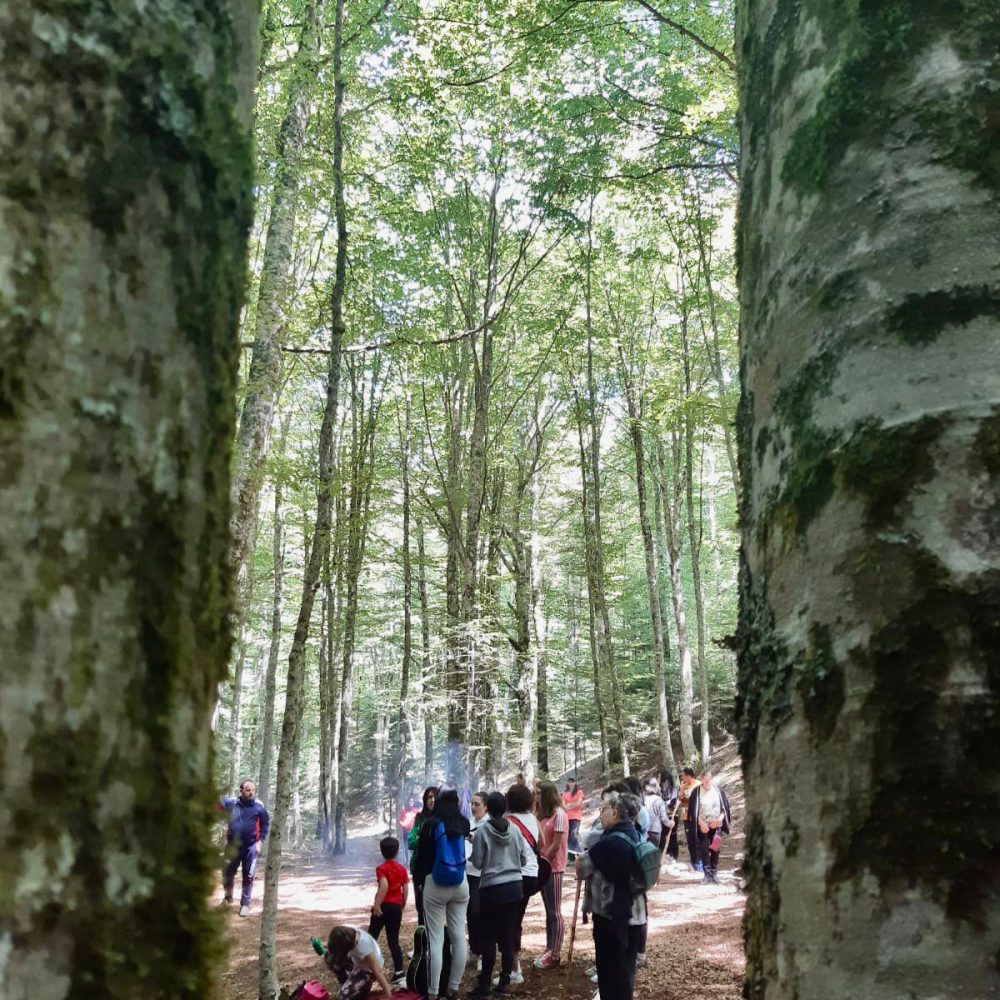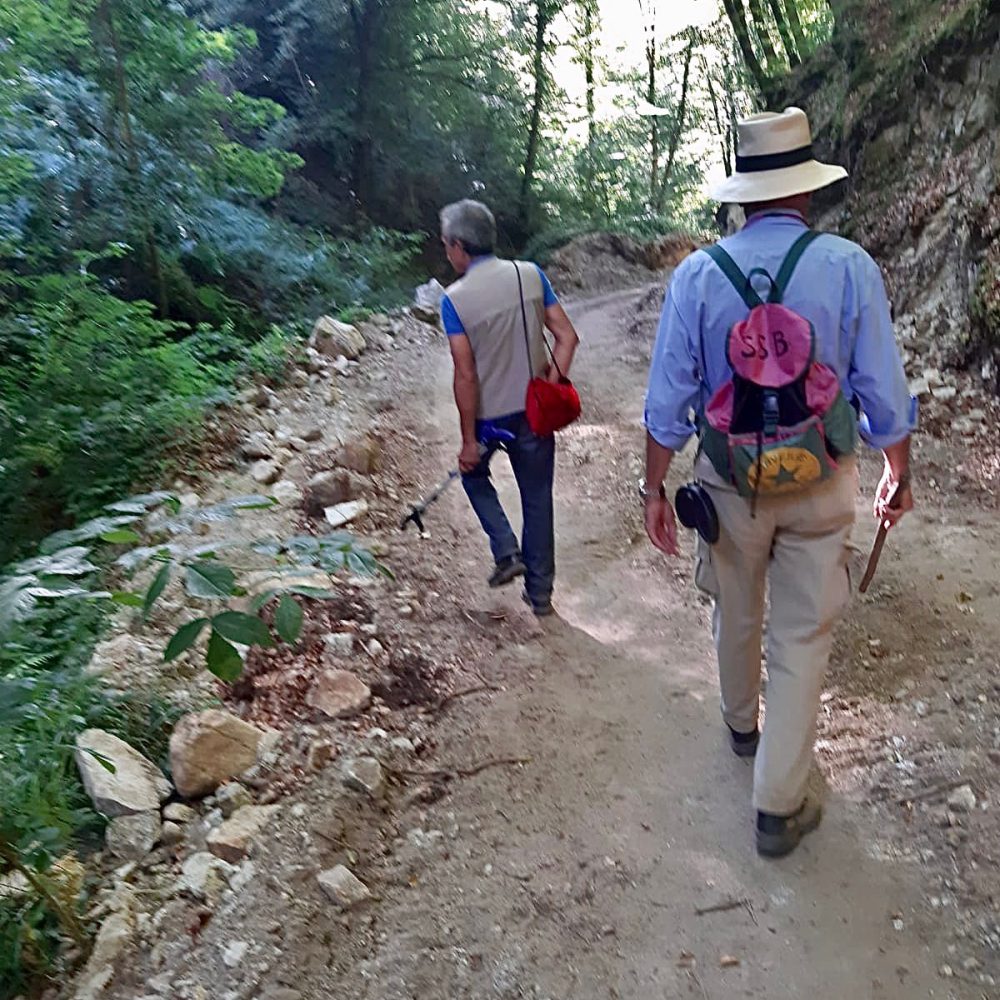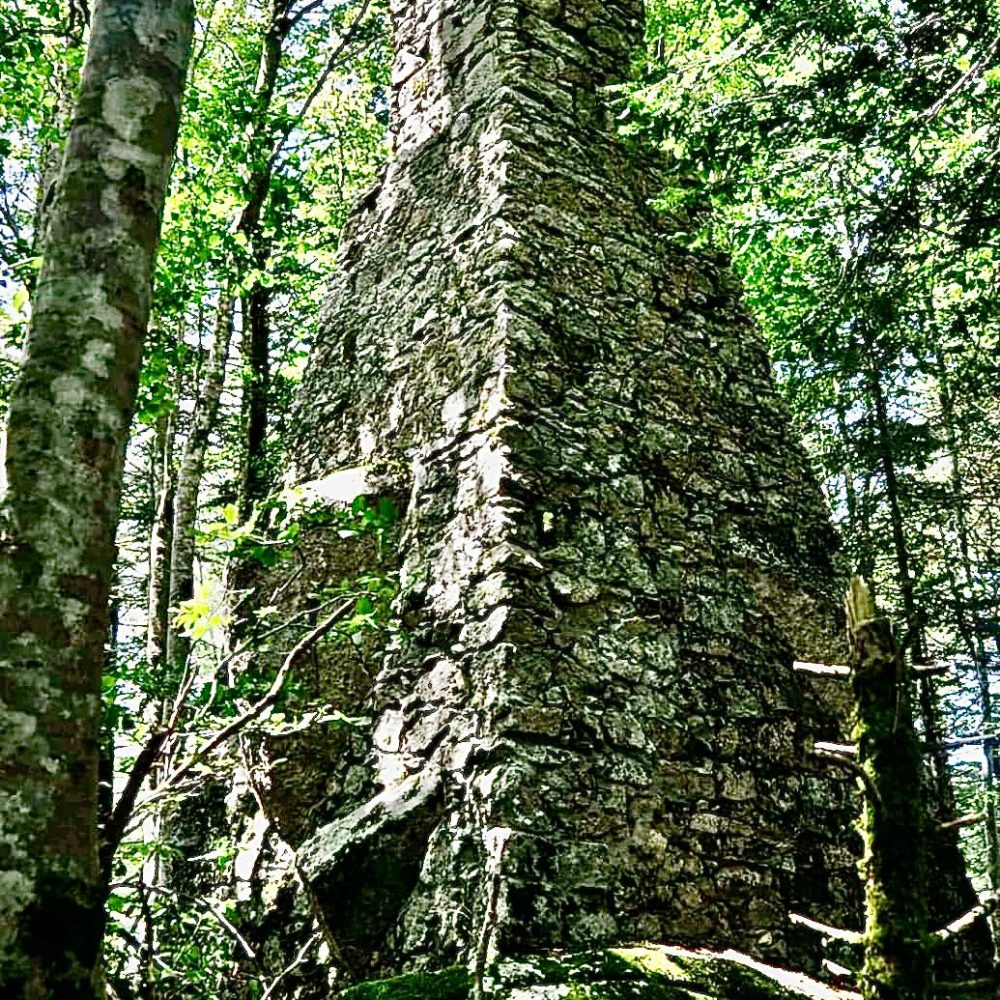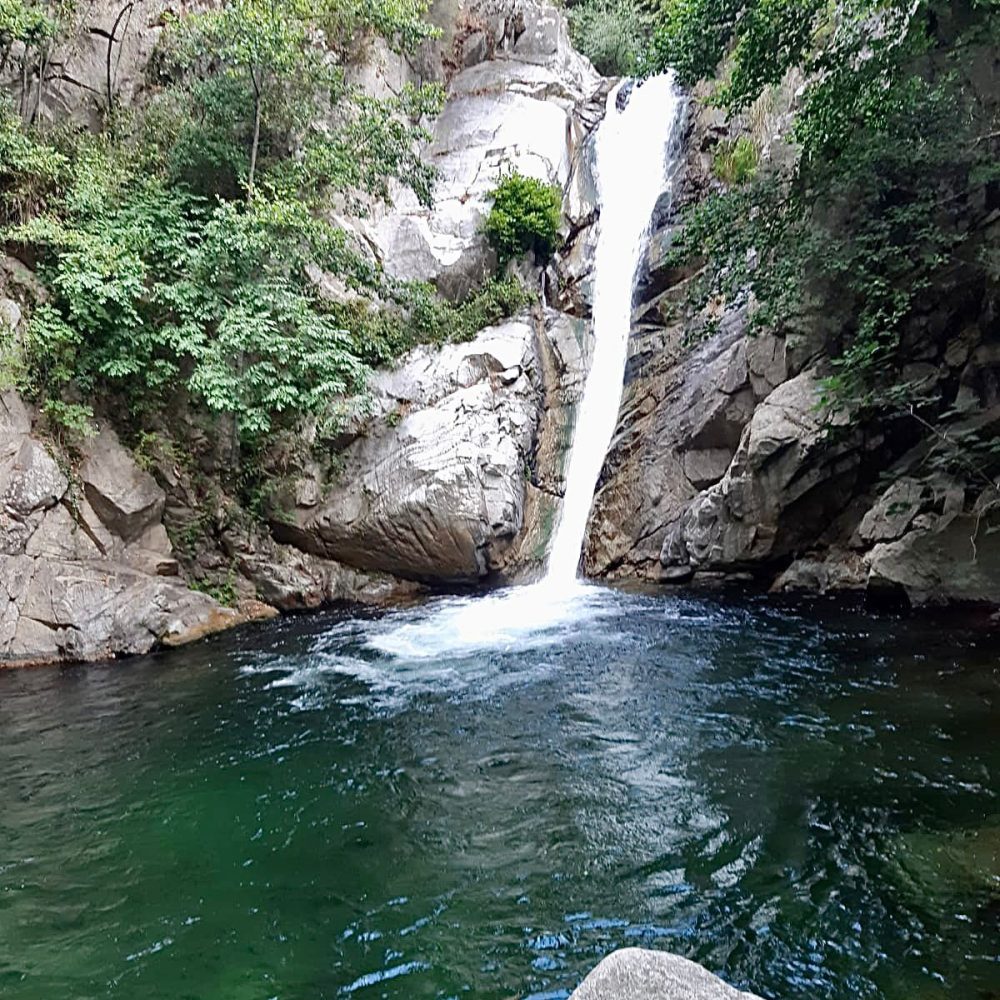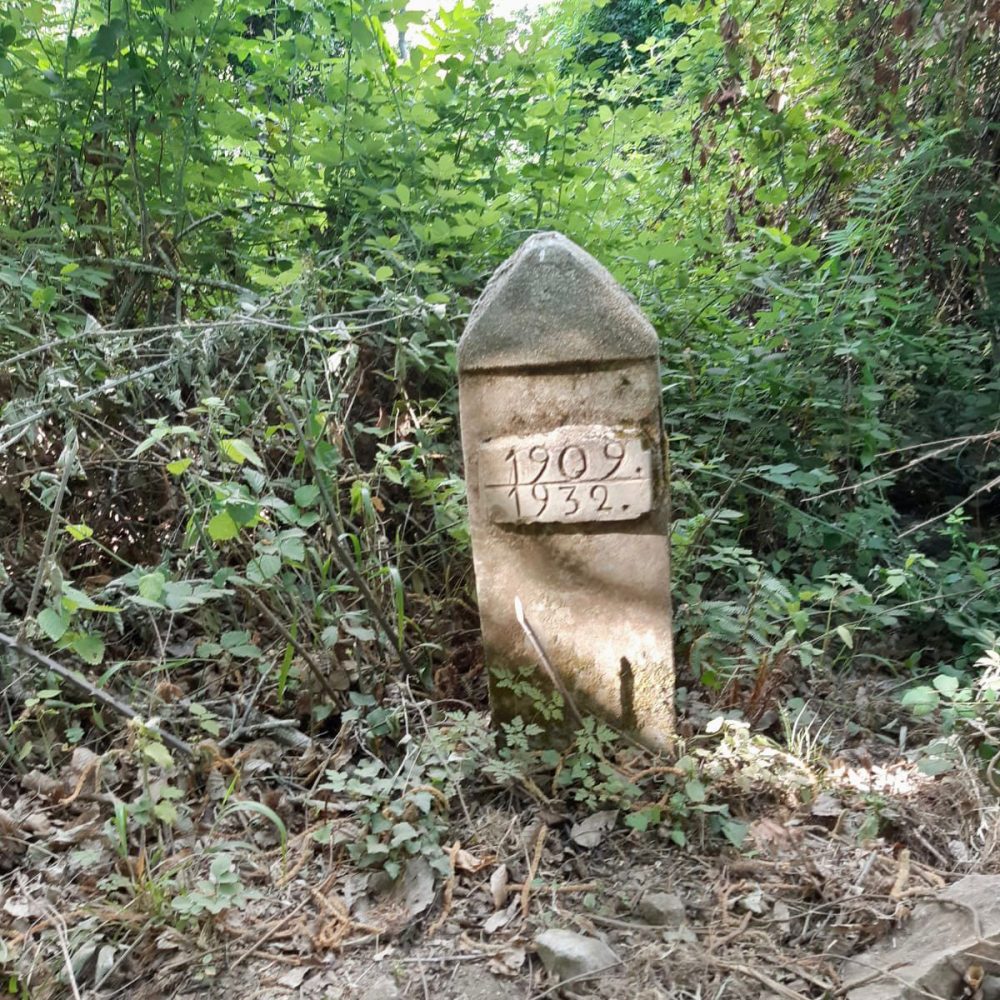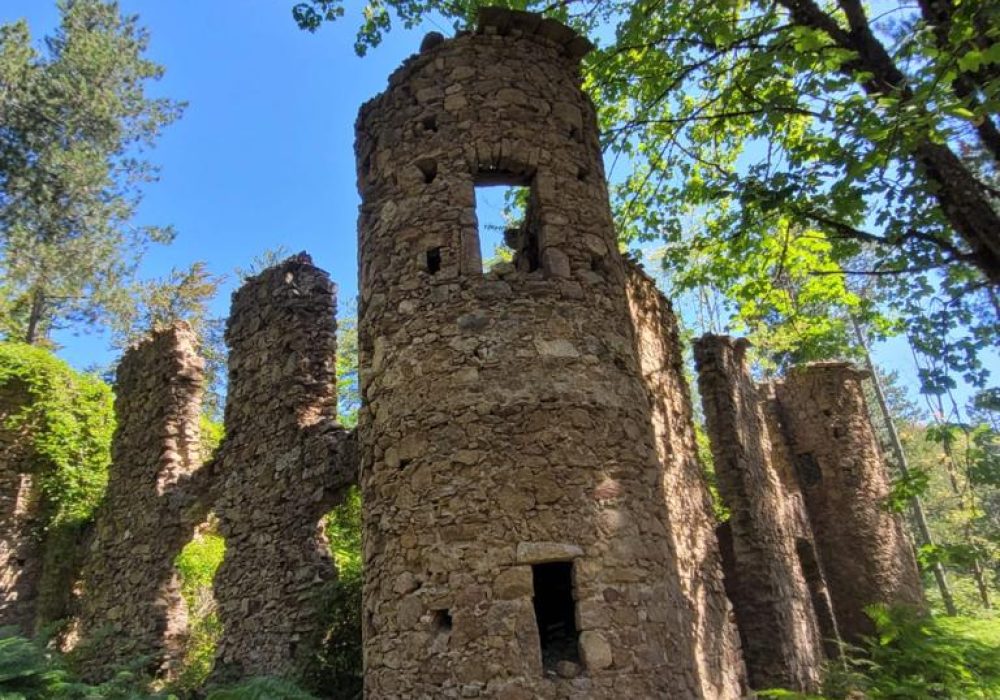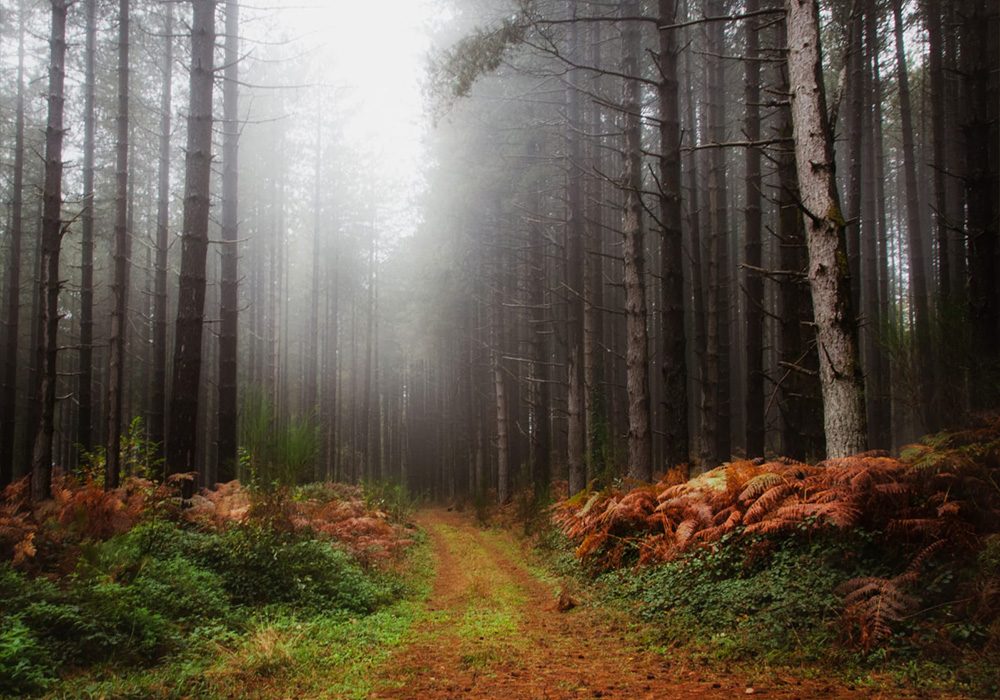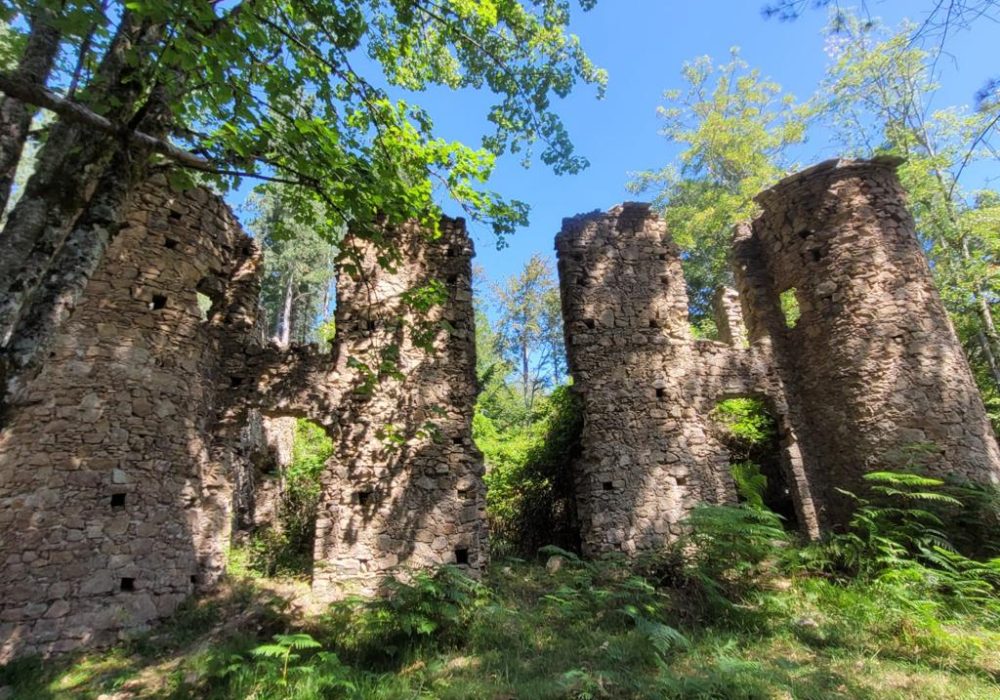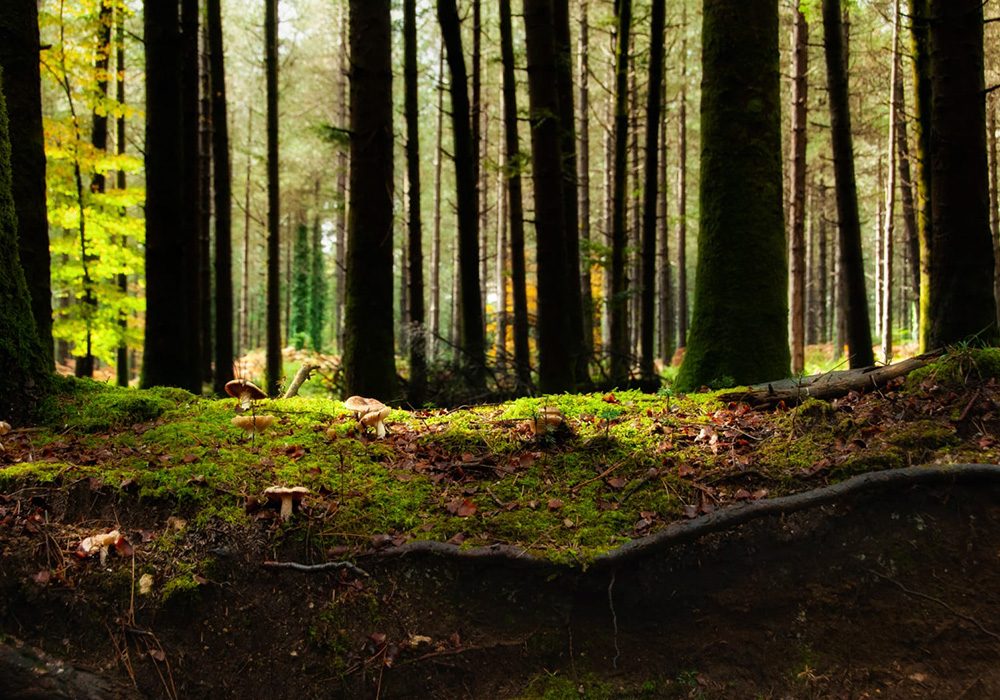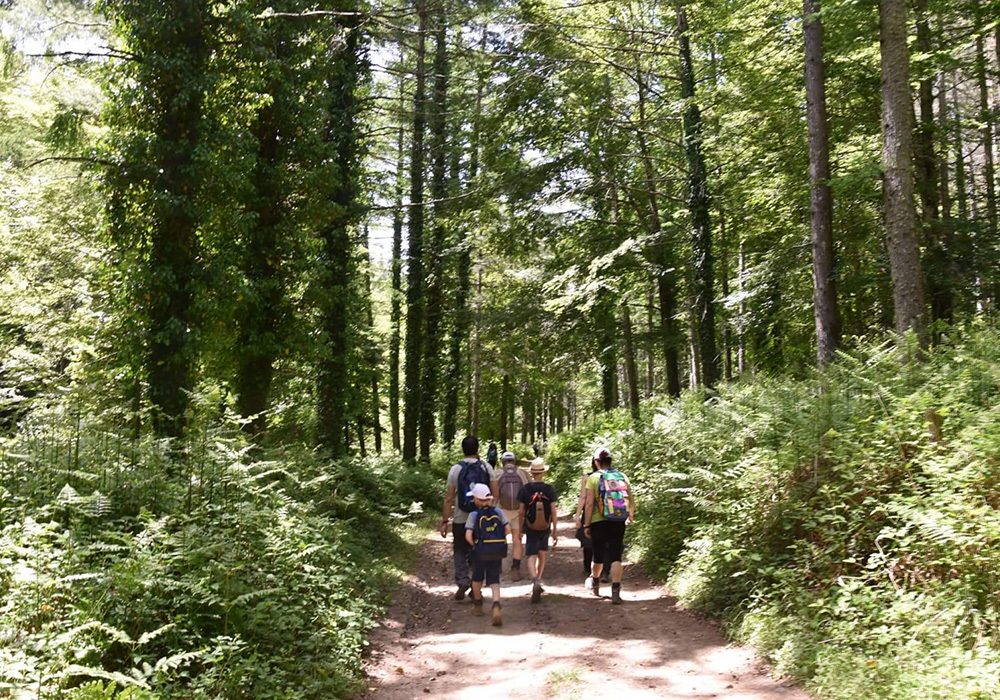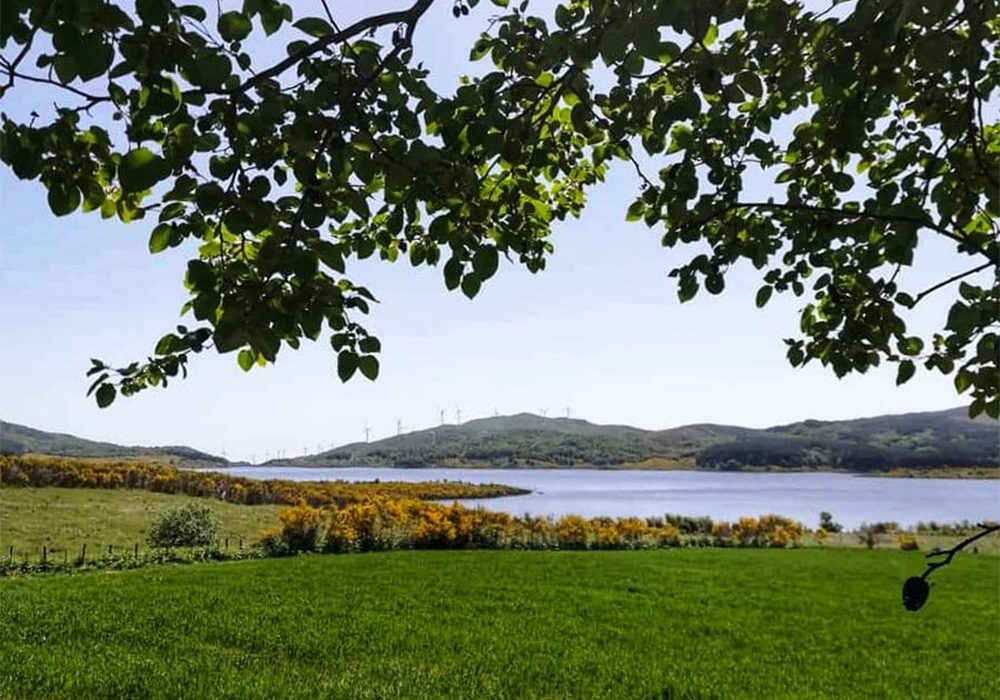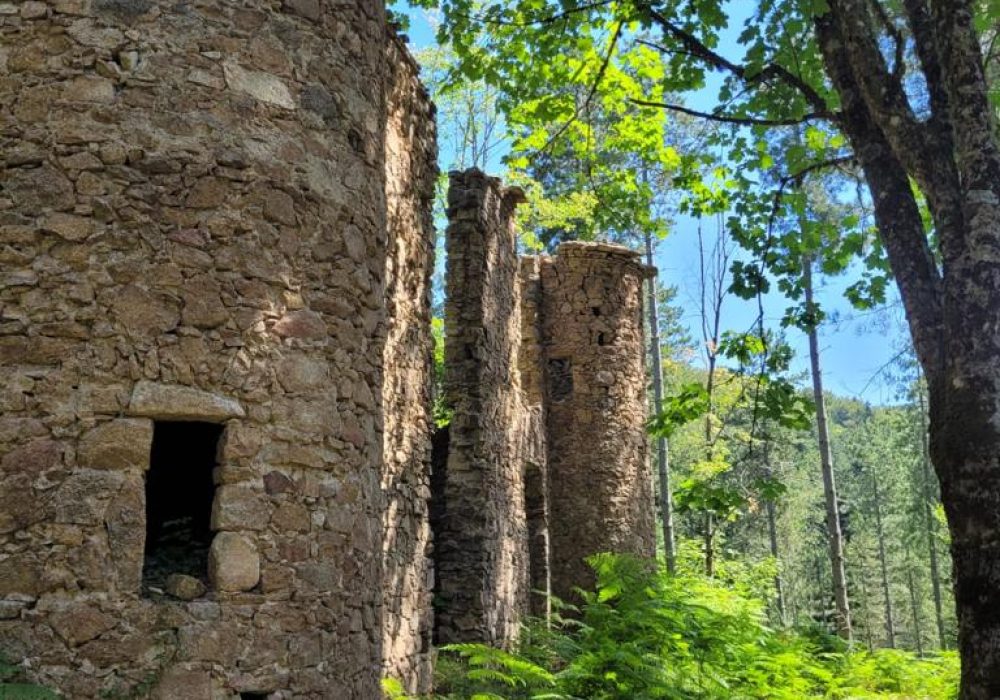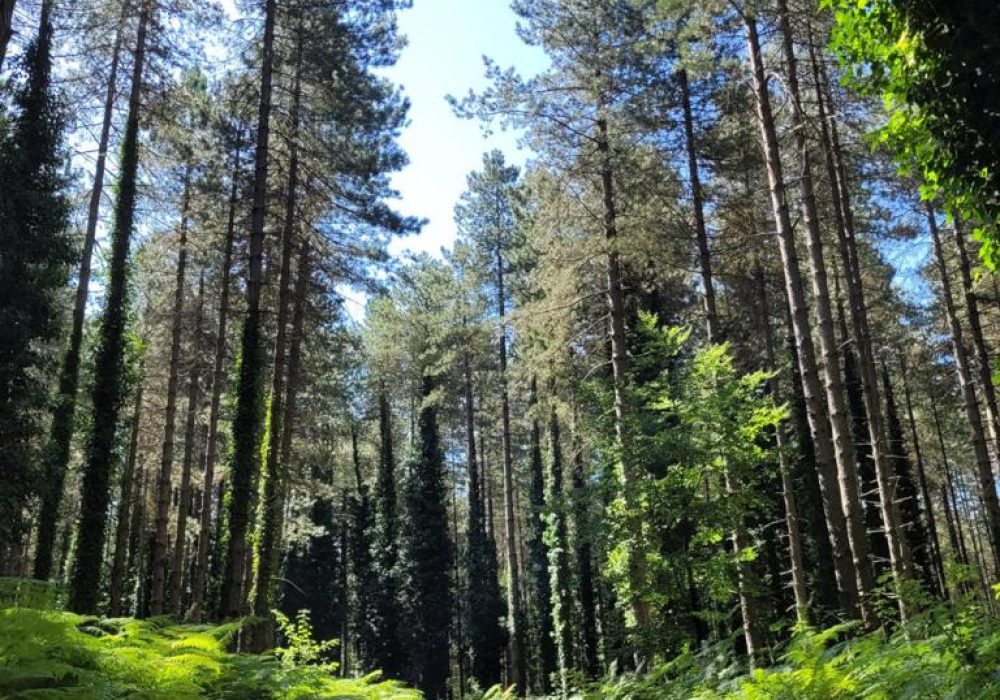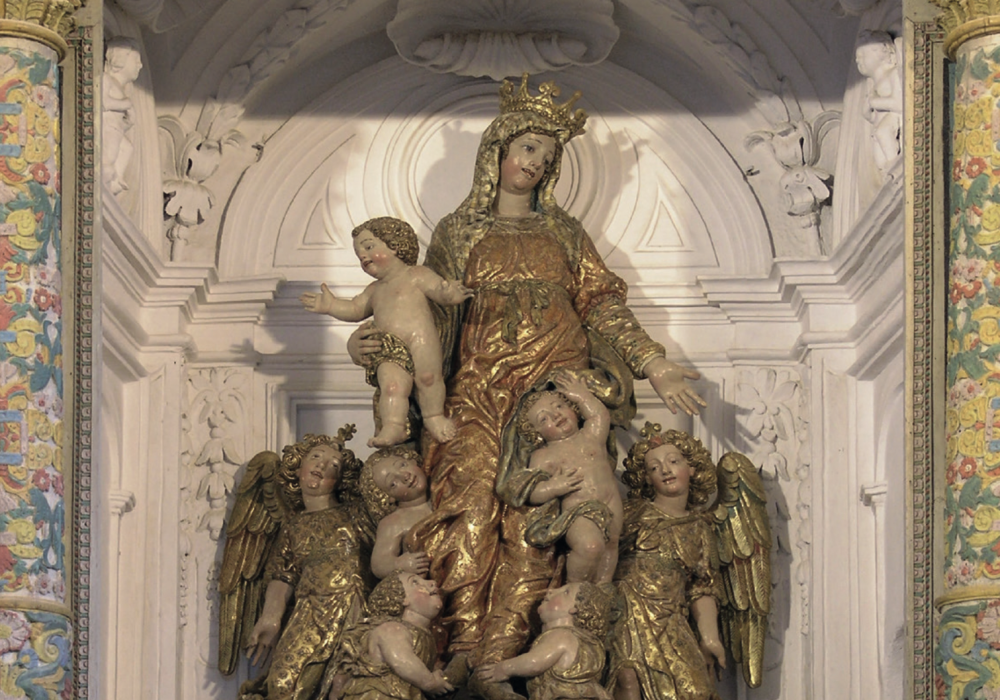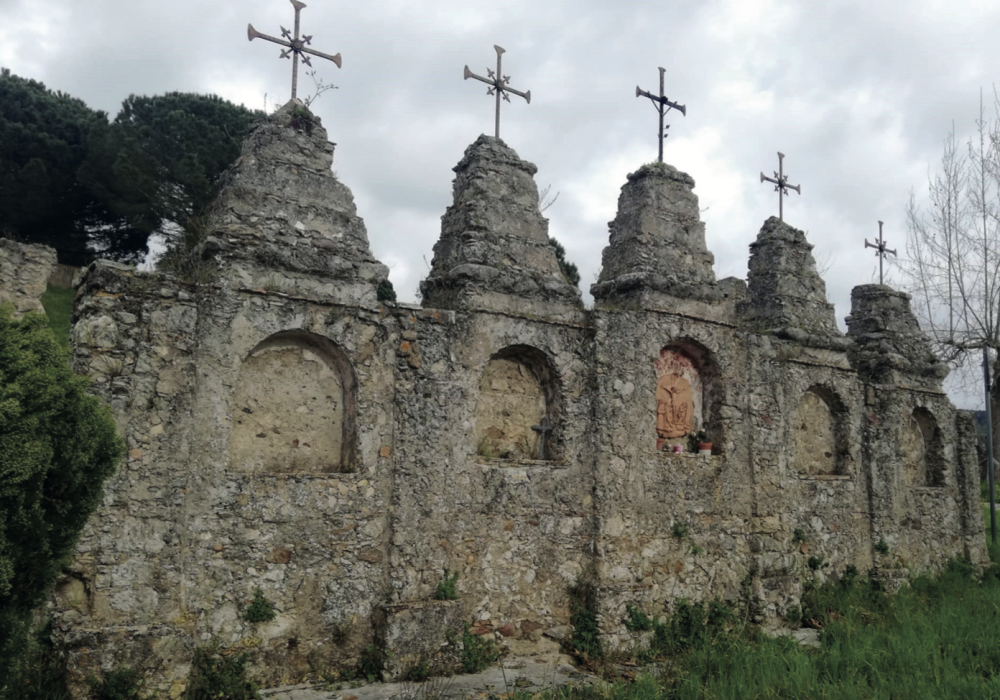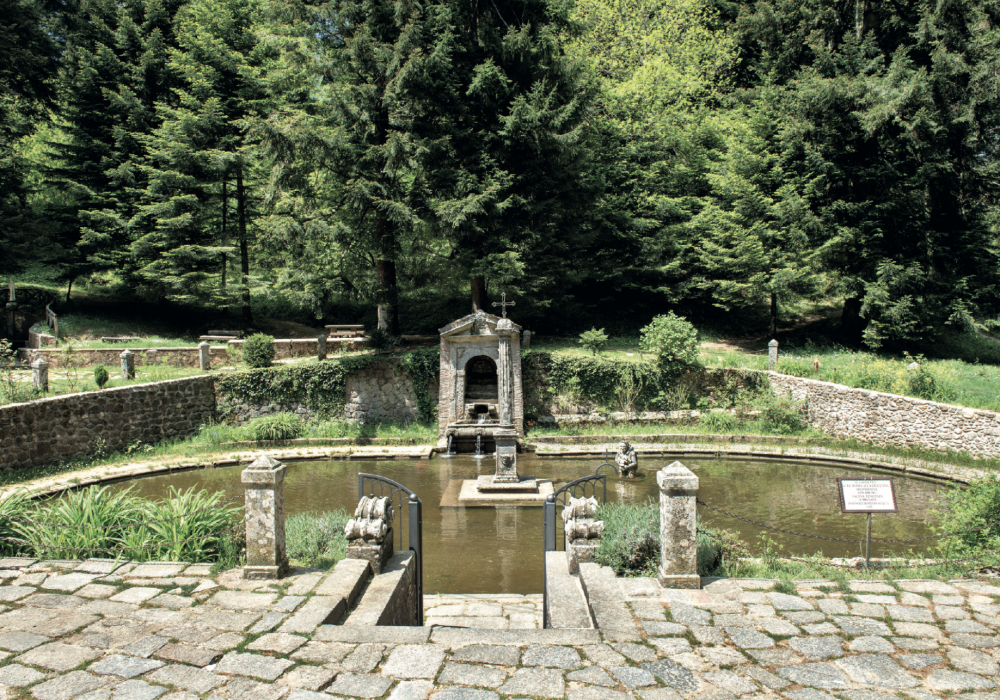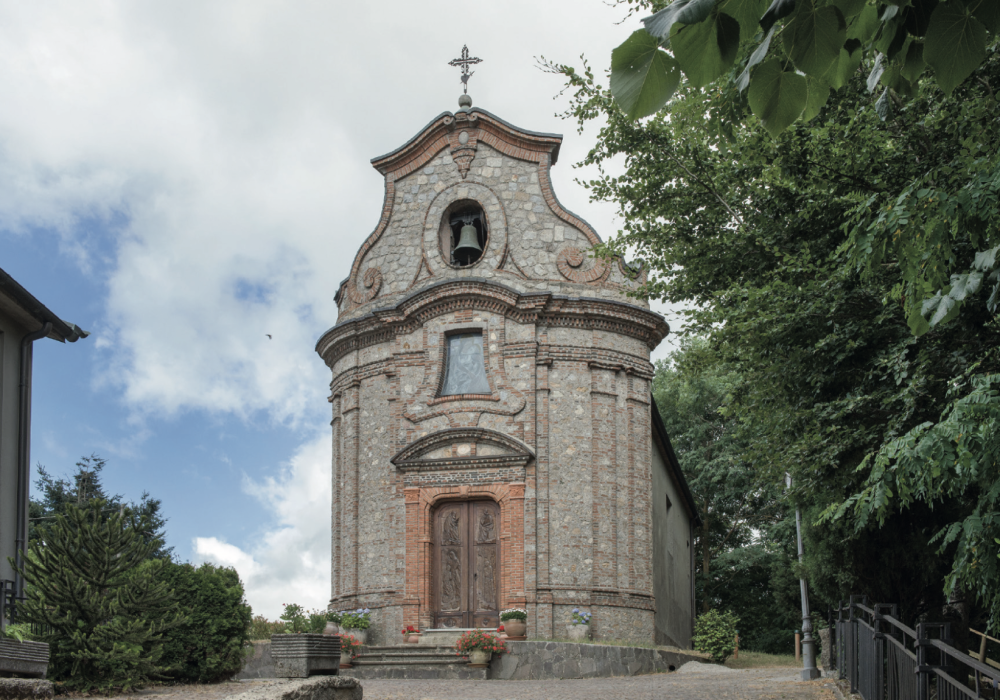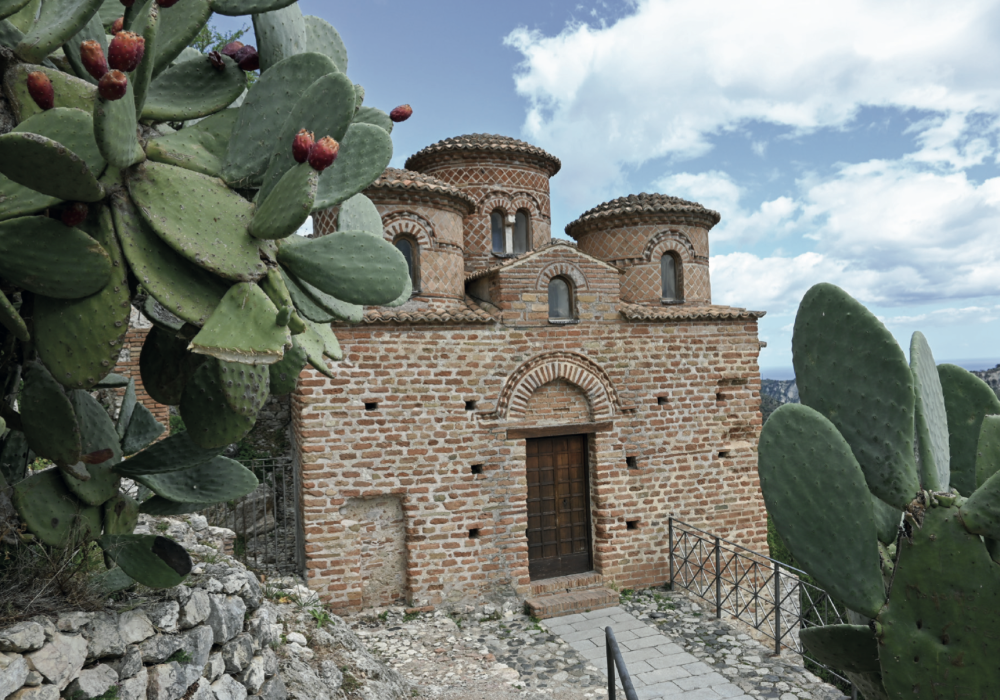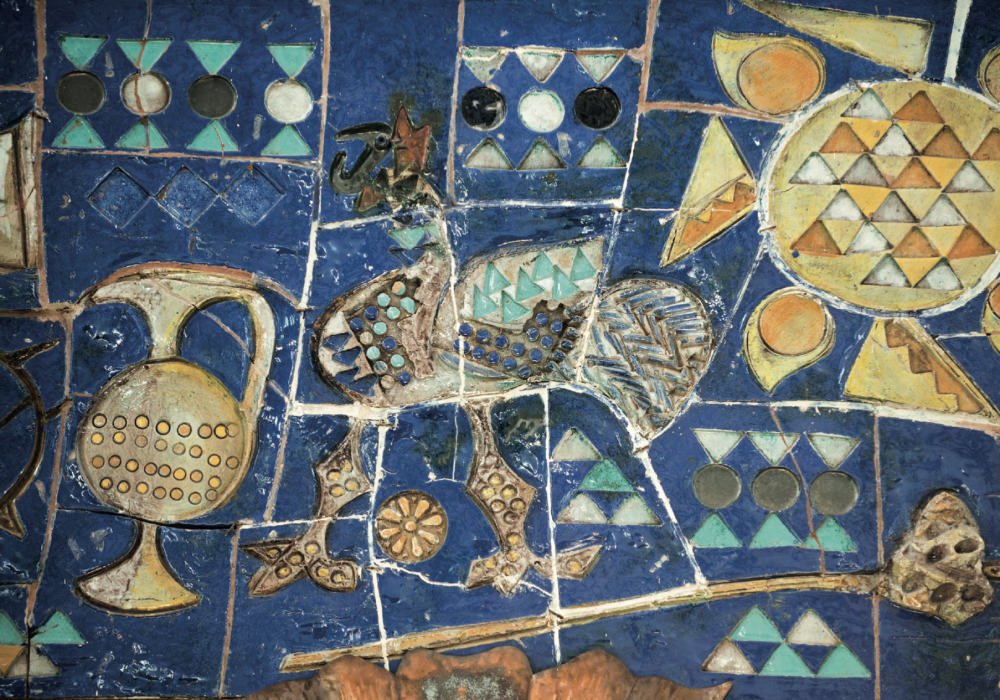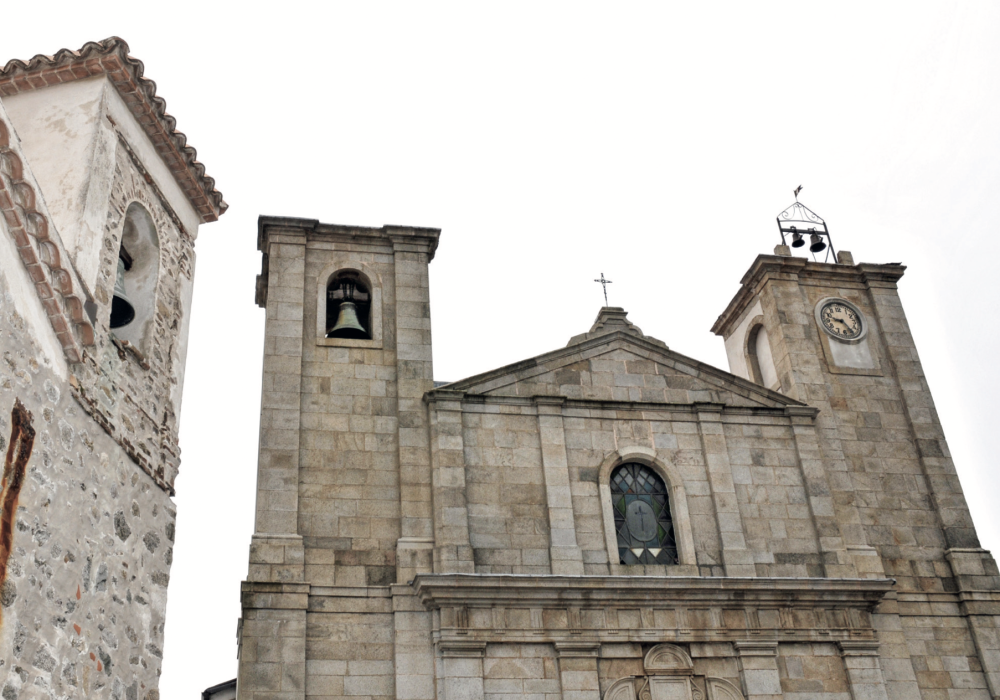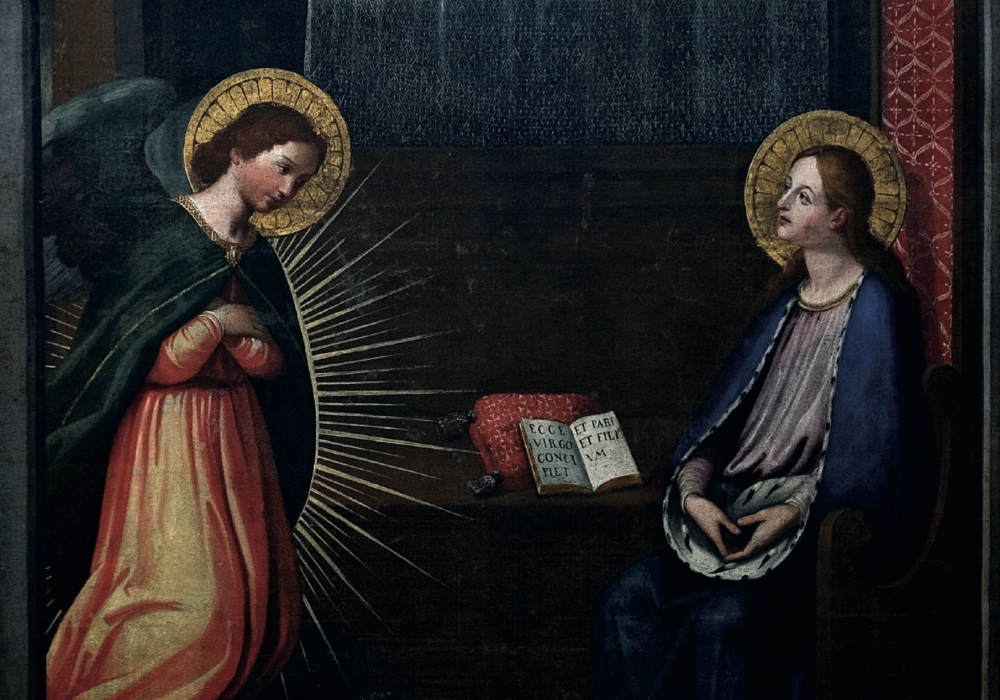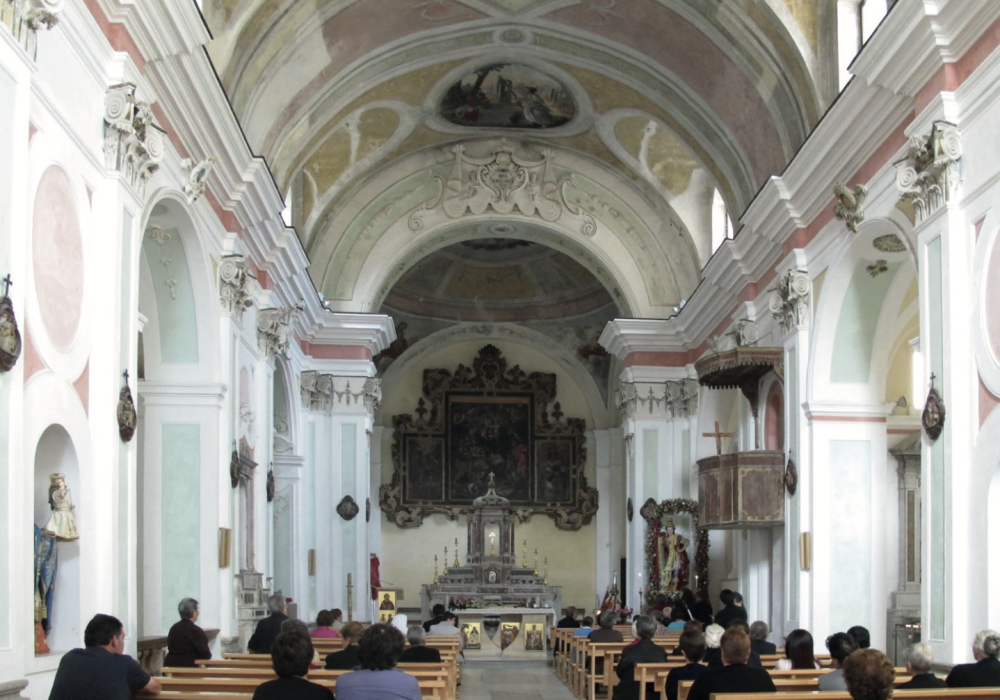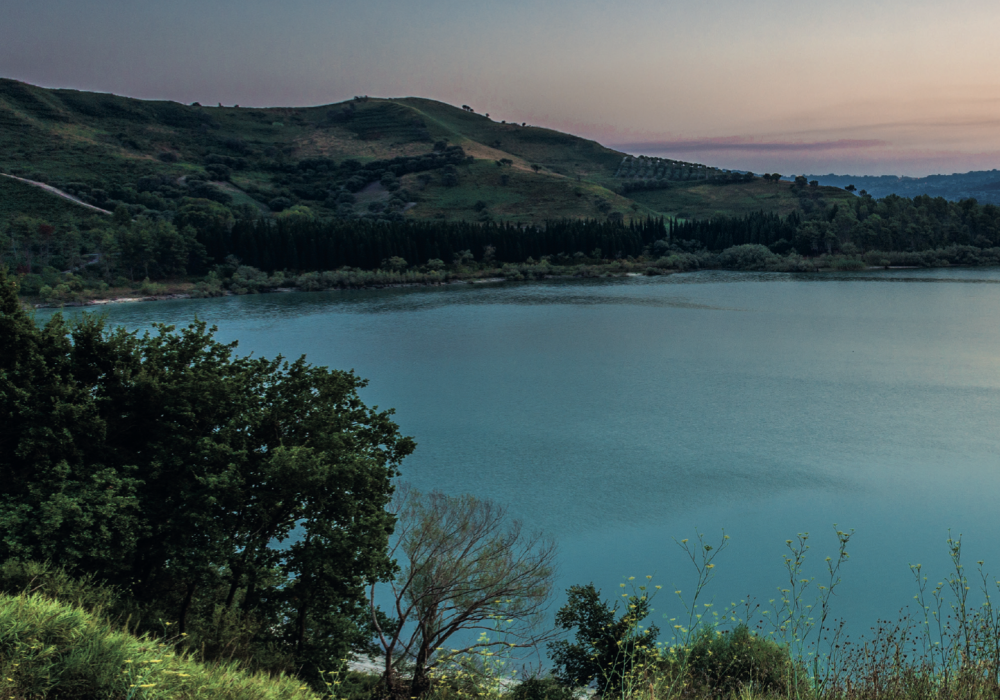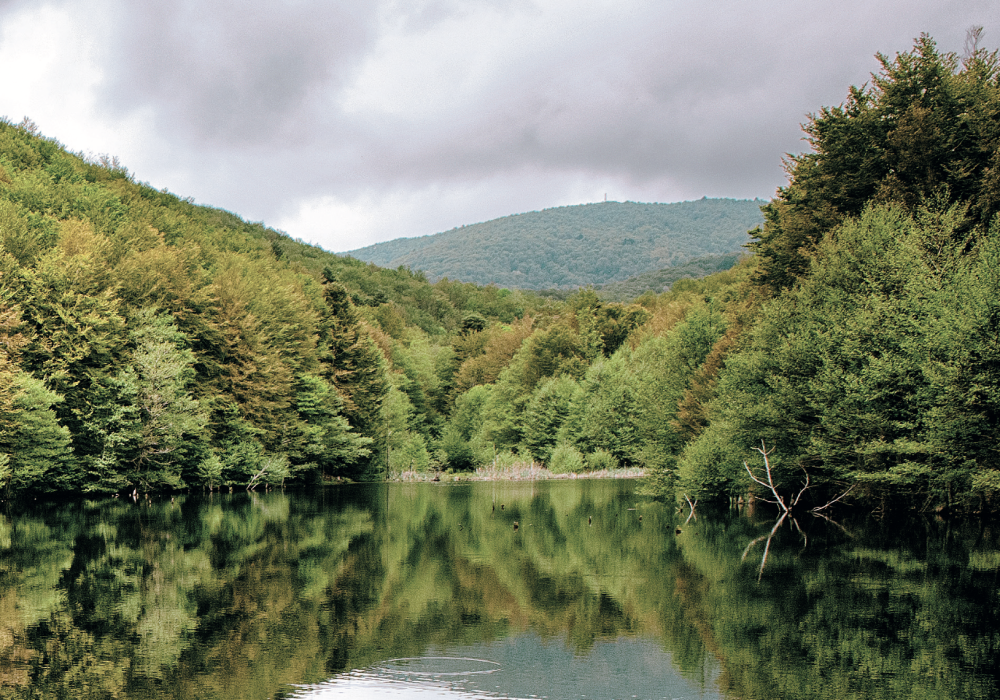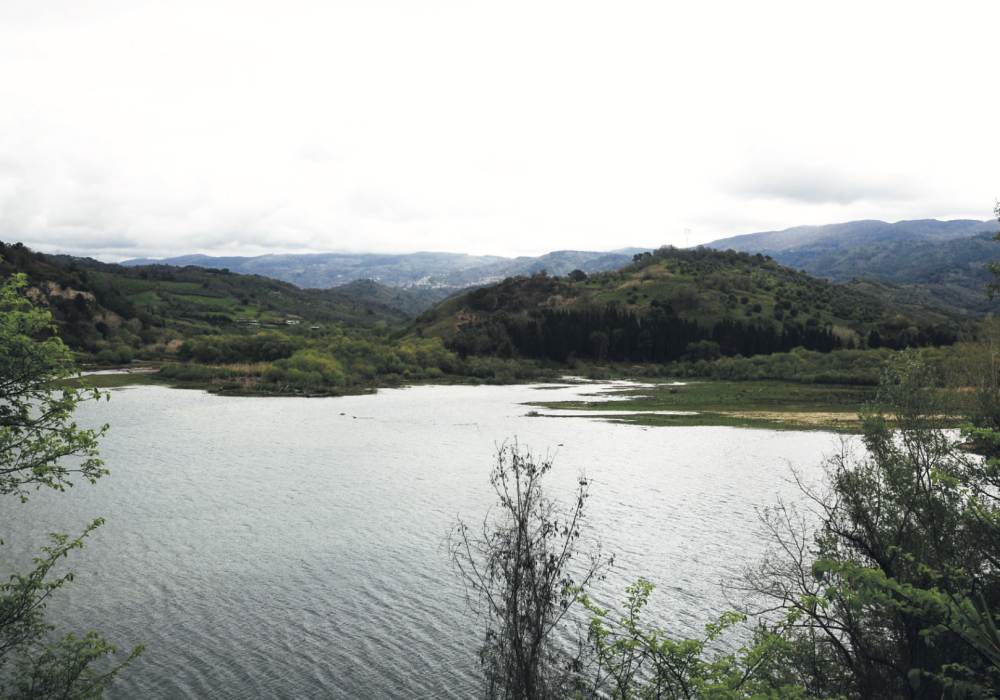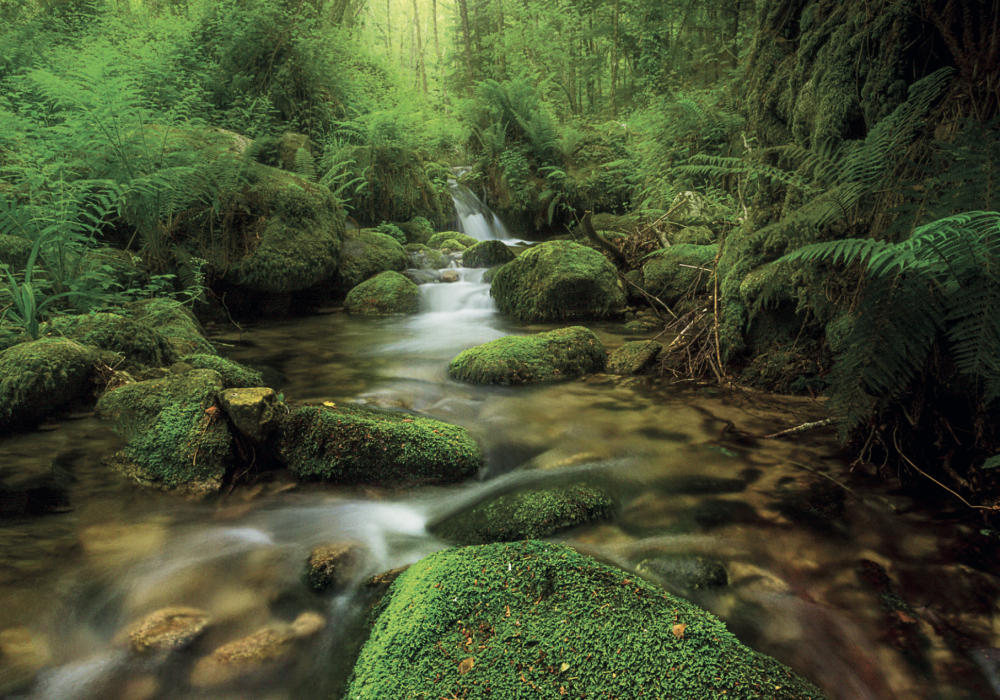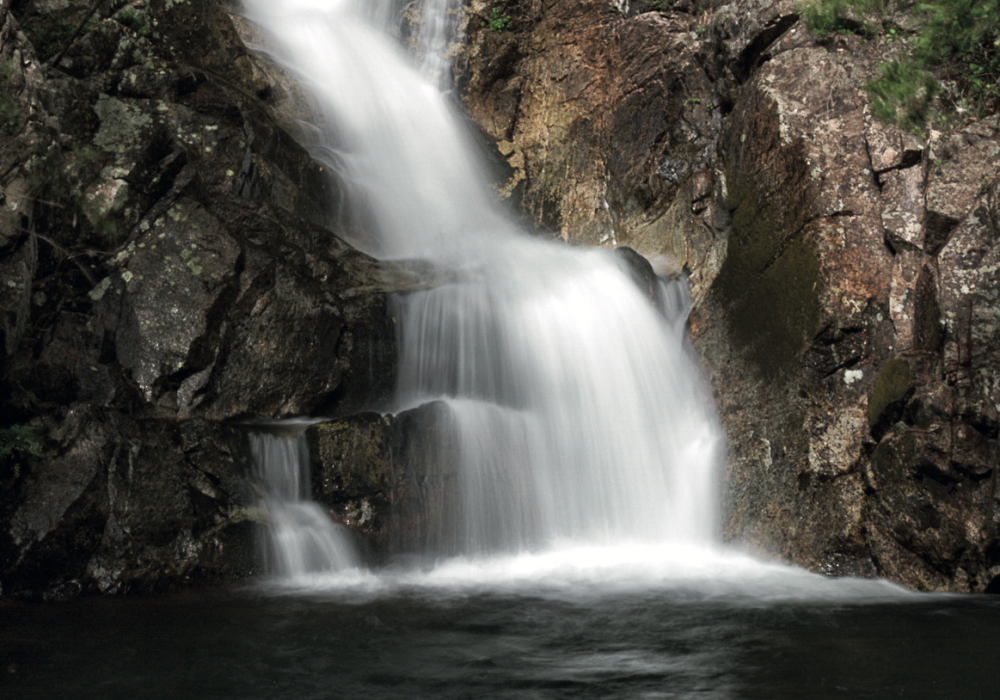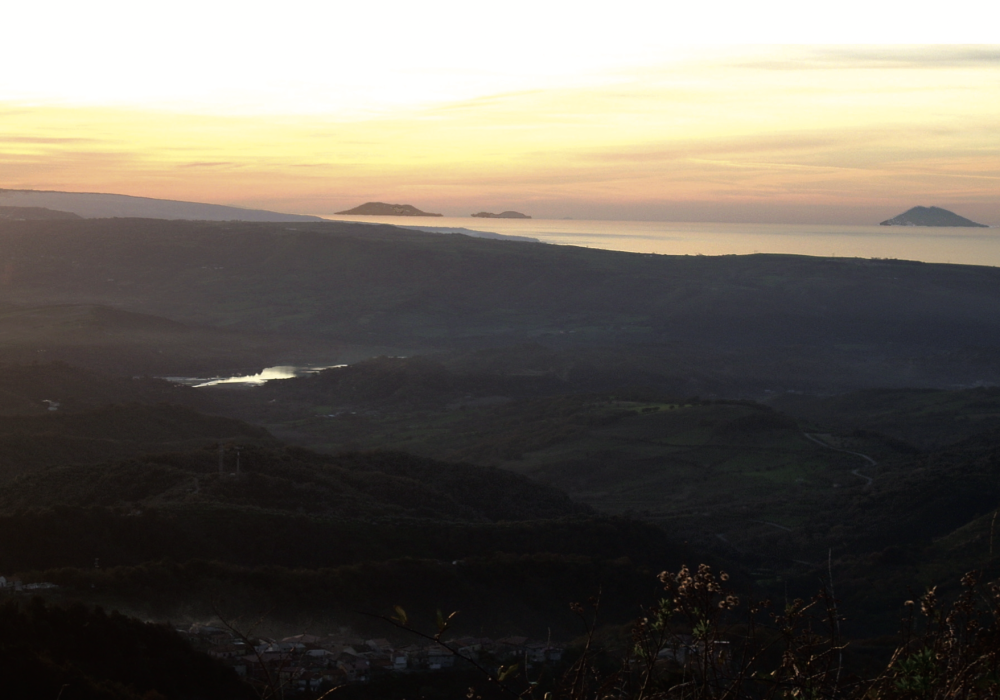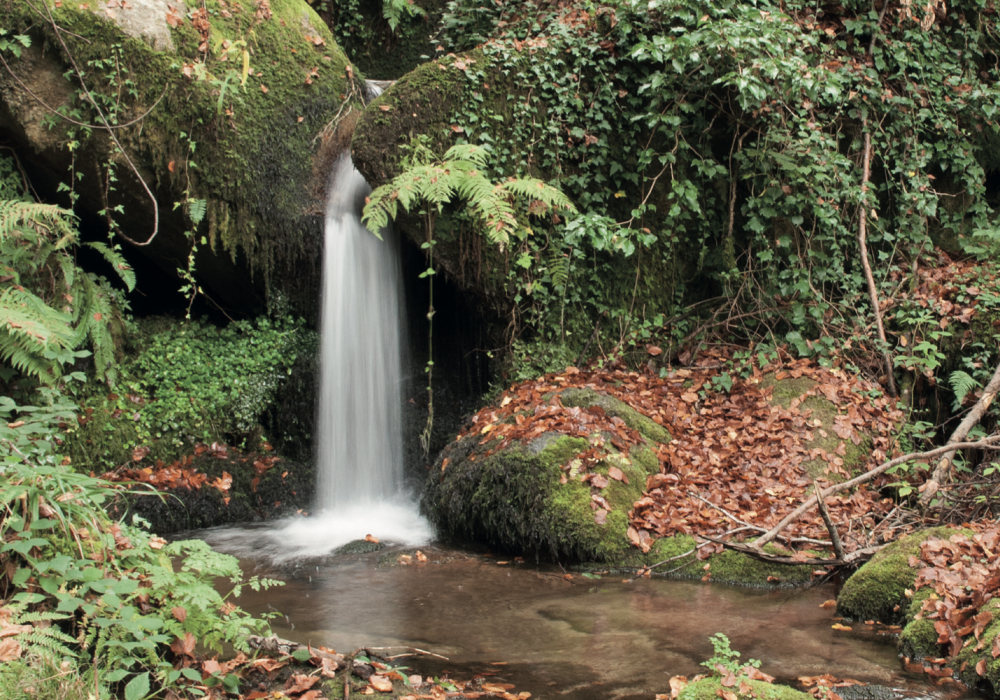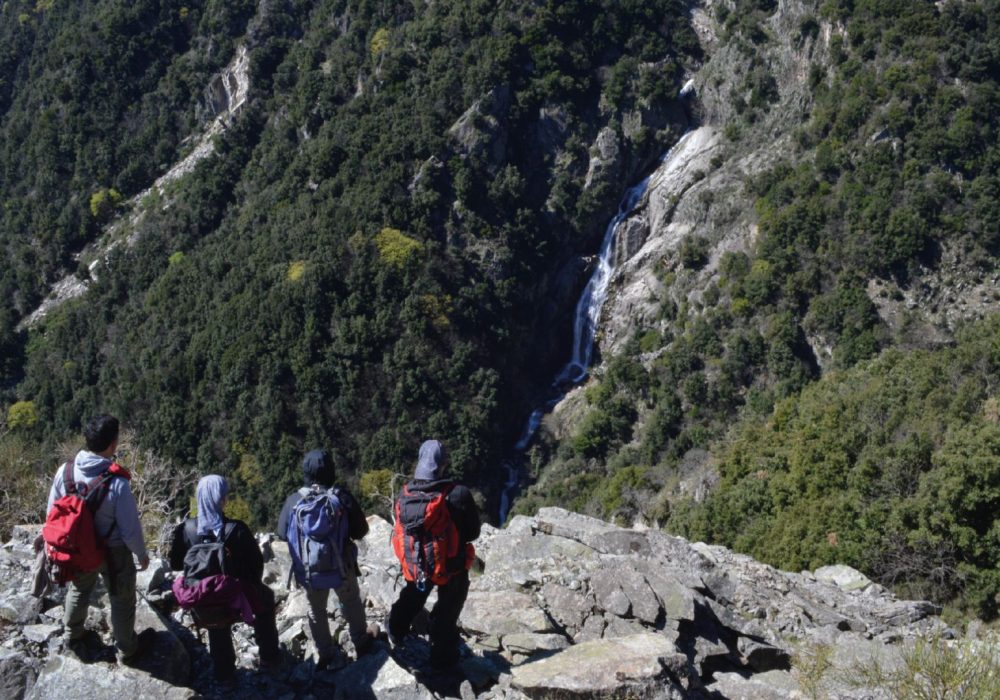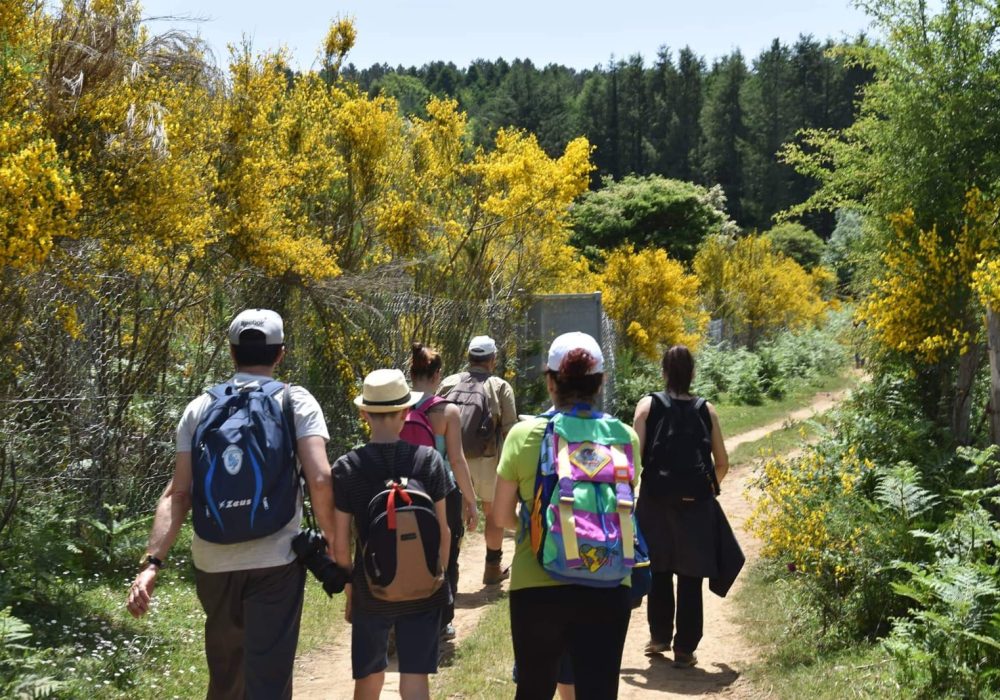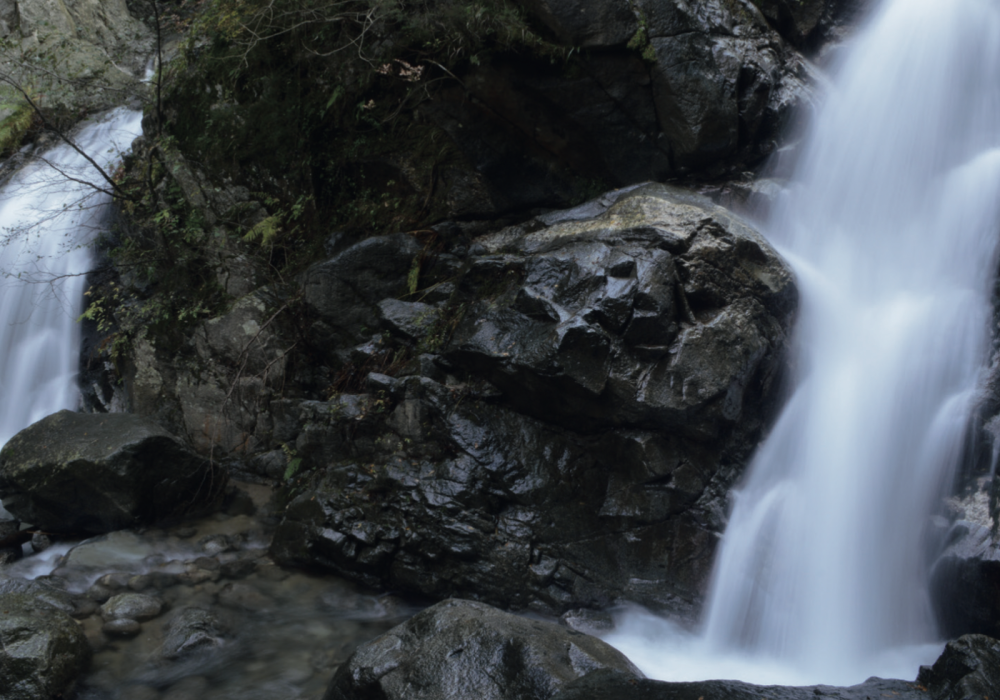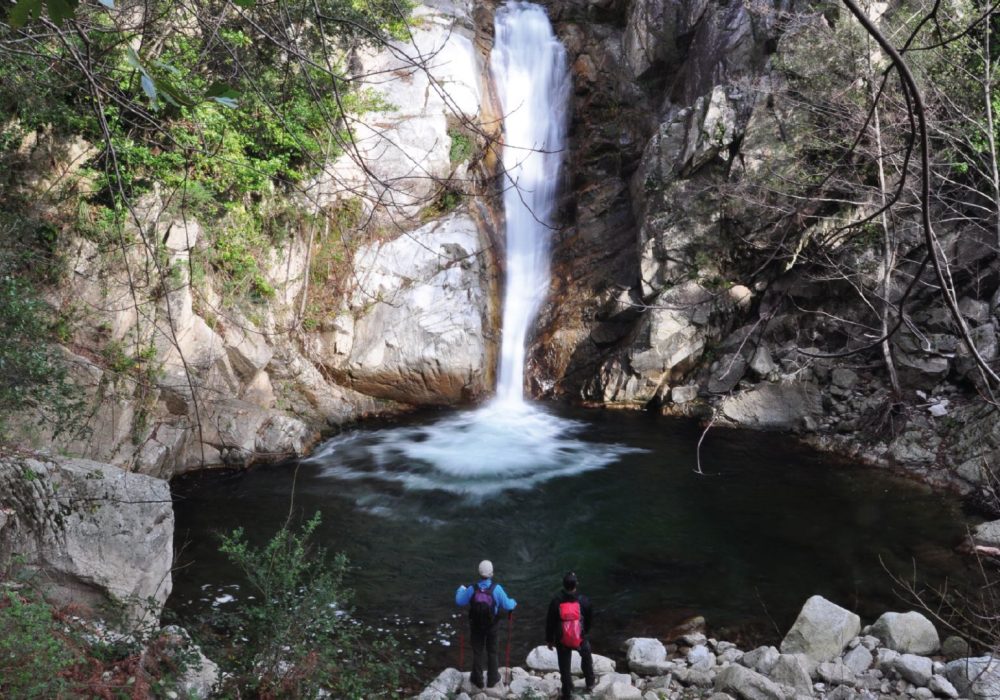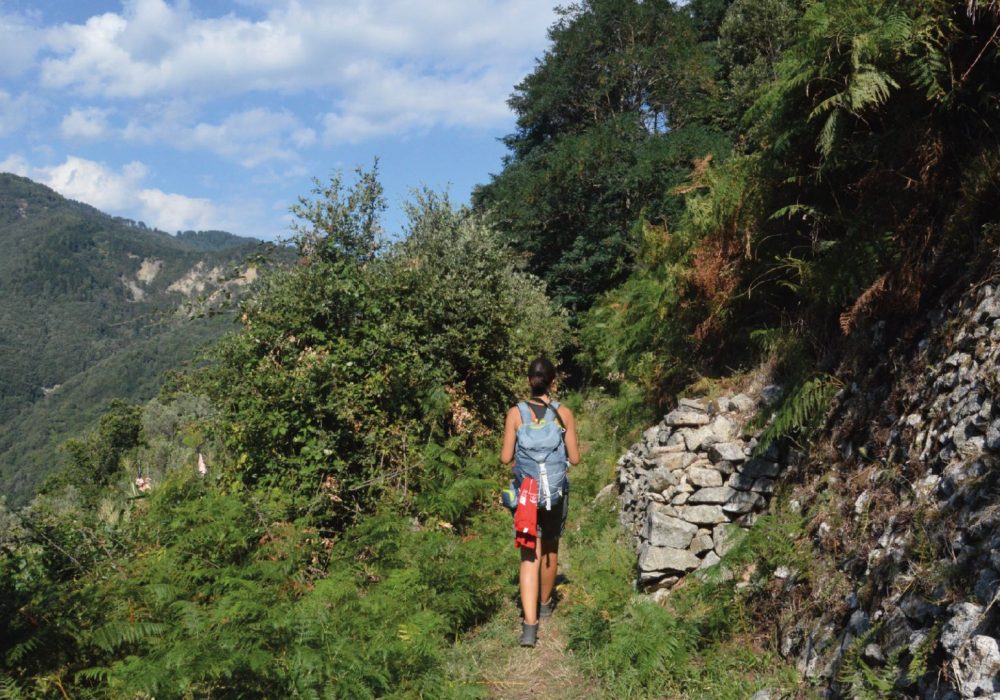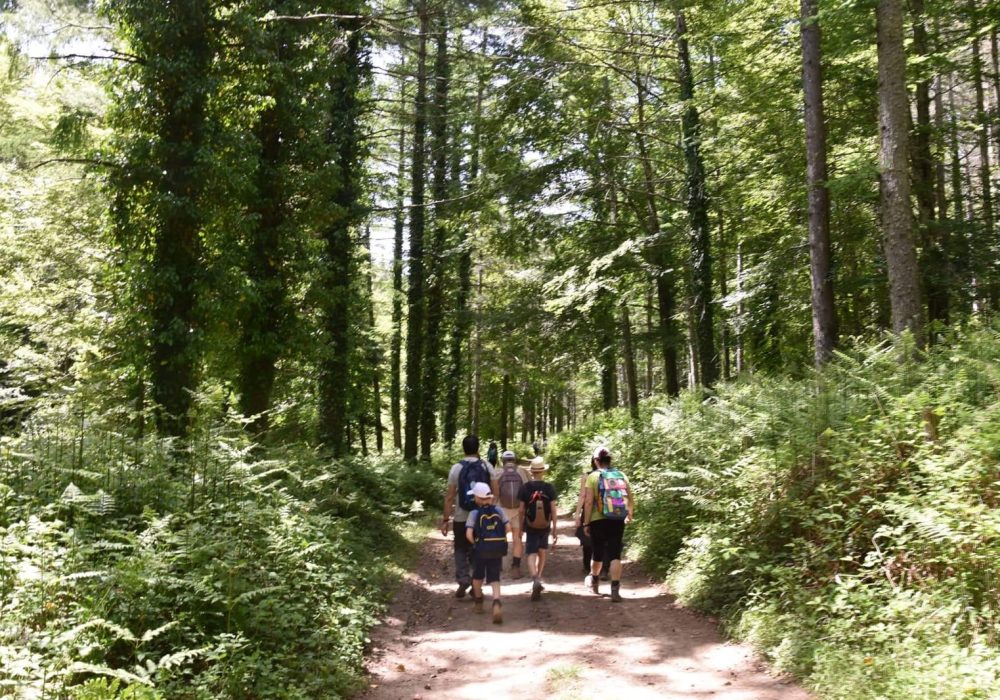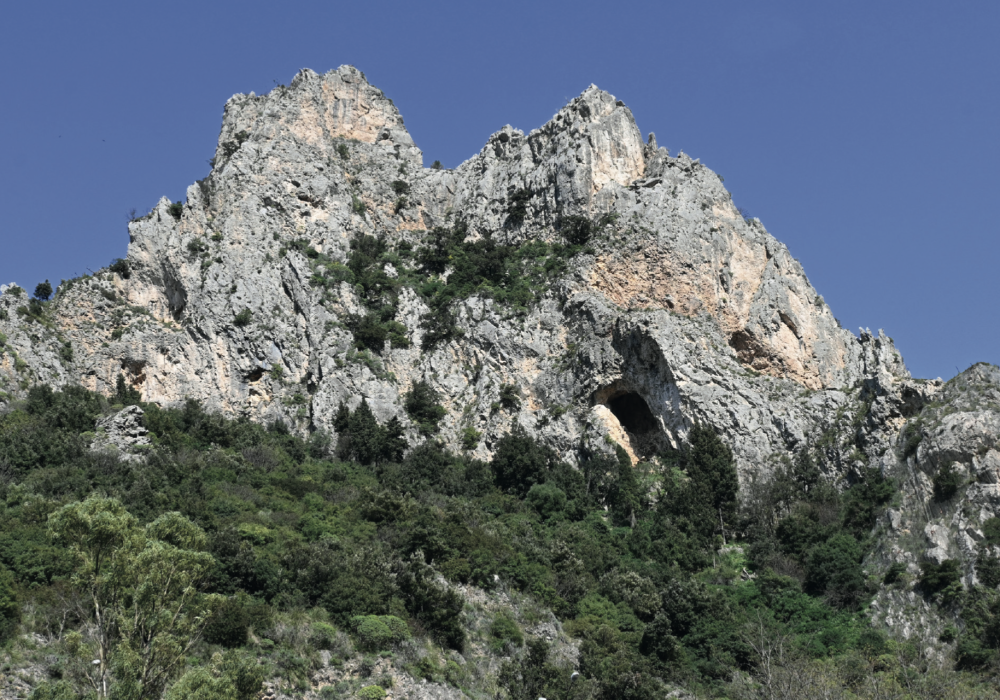Park flora
Rivers and inland waters are home to the Mediterranean trout (Salmo trutta macrostigma). There is a large number of insects, among which the sumptuous alpine rosalia (Rosalia alpina), the large oak cerambyx (Cerambyx cerdo) and the curious rhinoceros beetle (Oryctes nasicornis) are worth mentioning. The predominant plant species are: Chestnut (Castanea sativa), governed by high trunk in the best areas and by coppice in the others, Larch pine (Pinus nigra), Common alder (Alnus glutinosa), Neapolitan alder (Alnus cordata) in spontaneous thickets that cover all the valley parts, cooler areas and river beds, Beech (Fagus sylvatica) and Silver Fir (Abies alba), species of great naturalistic value, present in groups and in more or less extensive pure and mixed woods in the higher and cooler areas, Holm Oak (Quercius ilex), White Poplar (Populus alba), Quaking Poplar (Populus tremula), Yew (Taxus baccata), Common Willow (Salix alba), Common Maple (Acer campestre) and Robina (Robina pseudoacacia) sporadically in the lower areas.
The shrub vegetation is rich in the most typical essences of the Mediterranean maquis: Broom, Heather, Arbutus, Myrtle, Phillyrea, Cistus, Lentisk, Holly, etc.
The natural stand of the Park territory is also interesting for the ecological and silvicultural characteristics of the silver fir. This conifer is in the Serre a fairly uniform species in terms of its genetic make-up; this makes it more stable and resistant to environmental adversities than other ecotypes rooted in Europe, since the silver fir is threatened by a series of pathological manifestations that give rise to fears for the future of the species (root rot, fir dieback). The causes are due to climatic aspects, genetic factors and environmental pollution. The Serre spruce is included in the national book of seed woods because of its special genetic qualities. The seed from these forests is harvested in September and October for use in reforestation in various parts of Europe.











